-
Welcome to rpgcodex.net, a site dedicated to discussing computer based role-playing games in a free and open fashion. We're less strict than other forums, but please refer to the rules.
"This message is awaiting moderator approval": All new users must pass through our moderation queue before they will be able to post normally. Until your account has "passed" your posts will only be visible to yourself (and moderators) until they are approved. Give us a week to get around to approving / deleting / ignoring your mundane opinion on crap before hassling us about it. Once you have passed the moderation period (think of it as a test), you will be able to post normally, just like all the other retards.
You are using an out of date browser. It may not display this or other websites correctly.
You should upgrade or use an alternative browser.
You should upgrade or use an alternative browser.
KickStarter Mandragora - story-driven side-scroller action RPG with Brian Mitsoda as narrative lead - coming April 17th
- Thread starter cyborgboy95
- Start date
-
- Tags
- metroidvania souls-like
Devil May Crys. I remember when a bunch of games were trying to ape up Devil May Cry.I wonder what the fuck they called these games before Souls games started being popular.
Roguelites? Difficulty, repeated deaths, persistent progression between deaths, deaths integrated into the narrative, some currency to accumulate between runs, etc. Roguelike Legacy is that, but cartoony, and therefore not "Soulslike".I wonder what the fuck they called these games before Souls games started being popular.
- Joined
- Sep 25, 2012
- Messages
- 30,093








Well you get to kill them.You can't even play as a vampire, so what's the fucking point?
rusty_shackleford
Arcane
- Joined
- Jan 14, 2018
- Messages
- 50,754

It's in the descriptionI wonder what the fuck they called these games before Souls games started being popular.
side-scroller action-RPG
- Joined
- Oct 3, 2015
- Messages
- 13,347
Metroidvania, which is also in the description and was coined even before Demon's Souls was published, much less before "Souls-like" games began spreading.You can't even play as a vampire, so what's the fucking point?Mitsoda is working on a vampire game, but its a side scrolling action
Not to mention
>Soulslike
I wonder what the fuck they called these games before Souls games started being popular.

Just like Rogue-like or Doom-like (before FPS invented)
Tuco Benedicto Pacifico
Arcane
"Soulsike" and "Devil May Crys" (which are now generally called "Character action games") have fuck nothing to share, though?Devil May Crys. I remember when a bunch of games were trying to ape up Devil May Cry.
Like, they literally focus of entirely different mechanics.
The former is a subgenre entirely committed on slow and deliberate moves with big animations lock, where reading the telling of enemies and bosses and memorizing patters is the core of the experience. Usually both killing enemies and dying tends to be a fairly quick affair and the "dungeon crawling" (or dealing with the environment in general) is as much as a focus as the combat itself.
The latter are frenetic button mashers that reward "skillfully" chaining endless combos, give you "style ratings" for performing in a spectacular way, etc, etc. And whacking things or AT BEST finding the occasional collectable is pretty much all they focus on.
The only thing they have in common is being MOSTLY focused on a third person camera, but even that is debatable since CAG make frequent use of fixed cameras to frame the combat arena.
Also, Mandragora isn't supposed to be a "Soulslike". It's a sidescroller/action adventure/metroidvania. The writer is just being a twat.
Last edited:
Nifft Batuff
Prophet
- Joined
- Nov 14, 2018
- Messages
- 3,644
Action games or arcade games, and they were crearly a different genre from RPGs or adventure games.I wonder what the fuck they called these games before Souls games started being popular.
pickmeister
Learned
- Joined
- Nov 2, 2021
- Messages
- 400
I propose to call all sidescrollers and metroidvanias Mario-like so as to not irritate anyone.
rusty_shackleford
Arcane
- Joined
- Jan 14, 2018
- Messages
- 50,754

idk why you guys complicate shit so much
[perspective] {optional combat system descriptor} [genre|subgenre]
"first-person RPG"
"isometric turn-based RPG"
"2D side-scroller action RPG"
"third-person shooter RPG"
[perspective] {optional combat system descriptor} [genre|subgenre]
"first-person RPG"
"isometric turn-based RPG"
"2D side-scroller action RPG"
"third-person shooter RPG"
RaggleFraggle
Ask me about VTM
- Joined
- Mar 23, 2022
- Messages
- 1,484
I don’t know if the sidescroller format is the best way for Mitsoda to exercise his writing chops.
- Joined
- Oct 3, 2015
- Messages
- 13,347
Games with the same perspective and same combat category can be in distinct subgenres of CRPGs. Dungeon Master created the "real-time blobber" subgenre, but the first-person perspective and real-time combat are shared by Underworld-likes and by (most) Open World RPGs. Fallout has an isometric perspective with turn-based combat, but this is also true of some games such as Solasta that focus on tactical combat rather than C&C.idk why you guys complicate shit so much
[perspective] {optional combat system descriptor} [genre|subgenre]
"first-person RPG"
"isometric turn-based RPG"
"2D side-scroller action RPG"
"third-person shooter RPG"

Sarathiour
Cipher
- Joined
- Jun 7, 2020
- Messages
- 3,281
"Soulsike" and "Devil May Crys" (which are now generally called "Character action games") have fuck nothing to share, though?Devil May Crys. I remember when a bunch of games were trying to ape up Devil May Cry.
Like, they literally focus of entirely different mechanics.
The former is a subgenre entirely committed on slow and deliberate moves with big animations lock, where reading the telling of enemies and bosses and memorizing patters is the core of the experience. Usually both killing enemies and dying tends to be a fairly quick affair and the "dungeon crawling" (or dealing with the environment in general) is as much as a focus as the combat itself.
The latter are frenetic button mashers that reward "skillfully" chaining endless combos, give you "style ratings" for performing in a spectacular way, etc, etc. And whacking things or AT BEST finding the occasional collectable is pretty much all they focus on.
The only thing they have in common is being MOSTLY focused on a third person camera, but even that is debatable since CAG make frequent use of fixed cameras to frame the combat arena.
Also, Mandragora isn't supposed to be a "Soulslike". It's a sidescroller/action adventure/metroidvania. The writer is just being a twat.
Indeed, but it's the similar in the sense of trying to emulate a passing fade. Lots 3D games back then were trying to ape DMC, tough not the absurd degree we saw with the "soul-like".
RaggleFraggle
Ask me about VTM
- Joined
- Mar 23, 2022
- Messages
- 1,484
Yeah, I think at some point gamers got tired of trying to devise self-explanatory names and defaulted to self-referential names like roguelike, metroidvania and soulsbourne. I’m not really a fan. FPSes were originally called doomlikes and it’s good we stopped doing that. Can you imagine if all genres today were still named after the first game in them?
Lios
Cipher
- Joined
- Jun 17, 2014
- Messages
- 437
I'm pretty sure that Christos Antoniou, the composer, is the guy from Septic Flesh. If so, I imagine that the soundtrack will be at least good enough, what with the whole (by the numbers and no longer vicious) operatic death metal the guys are churning out the last decade.
- Joined
- Mar 28, 2014
- Messages
- 4,234


>Soulslike
I wonder what the fuck they called these games before Souls games started being popular.
These games didn't really exist before souls. From my experience people use this term to describe action RPGs that have brutal bosses and corpse runs. Corpse runs weren't really a popular thing before Dark Souls and they functioned differently. Diablo likes had these but the bosses weren't really that difficult to beat.
It's a shame that the first thing people want to rip from Dark Souls is one of the more obnoxious mechanics of the game. Can't blame them though. You make any kind of action game, contact the investors and show them footage where player gets killed by some gigantic enemy and drops his "souls". They see that it's similar to a game that sold like 16 million copies under a year and gives you money.
- Joined
- Oct 3, 2015
- Messages
- 13,347
Naming all genres and subgenres after the first game in them (or the first game to codify them) would at least have the benefit of adding clarity as to the set of game mechanics under discussion, dispelling the confusion that currently exists in many cases. See, for example, the interminable contention over whether "JRPG" refers to a subgenre or to any Japanese-developed RPG.Yeah, I think at some point gamers got tired of trying to devise self-explanatory names and defaulted to self-referential names like roguelike, metroidvania and soulsbourne. I’m not really a fan. FPSes were originally called doomlikes and it’s good we stopped doing that. Can you imagine if all genres today were still named after the first game in them?
RaggleFraggle
Ask me about VTM
- Joined
- Mar 23, 2022
- Messages
- 1,484
So long as most people are familiar with that game, I guess. I find it very strange that we're using games from the 80s and 90s as reference points for roguelikes and metroidvanias when most players probably haven't played them. It makes about as much sense as calling all romances Romeo-likes or all mysteries Sherlock-likes. We have genres like dungeoncrawlers, procedural dungeoncrawlers, cosmic horror, etc but not self-explanatory names for those ones? It makes more sense to use serial numbers to reference design formulas if you're too dead inside to invent a meaningful name.Naming all genres and subgenres after the first game in them (or the first game to codify them) would at least have the benefit of adding clarity as to the set of game mechanics under discussion, dispelling the confusion that currently exists in many cases. See, for example, the interminable contention over whether "JRPG" refers to a subgenre or to any Japanese-developed RPG.Yeah, I think at some point gamers got tired of trying to devise self-explanatory names and defaulted to self-referential names like roguelike, metroidvania and soulsbourne. I’m not really a fan. FPSes were originally called doomlikes and it’s good we stopped doing that. Can you imagine if all genres today were still named after the first game in them?
- Joined
- Oct 3, 2015
- Messages
- 13,347
The fault for not having pleasurable and prestigious experiences with classic computer/console games lies with those who have not played them, despite all of these games being readily accessible for the two decades or more.So long as most people are familiar with that game, I guess. I find it very strange that we're using games from the 80s and 90s as reference points for roguelikes and metroidvanias when most players probably haven't played them.

manifest
Educated
- Joined
- Aug 5, 2022
- Messages
- 150
"Genre" is essentially a marketing ploy. Shakespeare may share lineage with degraded mass market Fabio paperbacks, but categorizing them both under "romance" is just a way to steer to the correct section of the bookstore. Trying to isolate some essential aspect of Romeo & Juliet's theming devolves into post-modern gibberish, and also leaves the realm of fast classification for high analysis. And so with games. Illustrating the difference between DOOM and Deus Ex is much easier done by mapping the genealogical fault from both their common birthing at Origin Systems, rather than focusing on niggling differences in the actual products. Again, this is no longer a marketing tactic, but a research endeavor into design sensibilities and the way they are carried on or subverted through iteration and varied authorship. You are linguistifying a fairly extensive database into a one-word descriptor to shuttle consumers more easily between store pages. Projects such as Mobygames or Steam's various attempts at tags, genres, dynamic categories inevitably fall short of illustrating the actual relationship between these games, but when you load up Hollow Knight you instantly feel its influence from both Symphony of the Night and Dark Souls.
cyborgboy95
News Cyborg
- Joined
- Aug 24, 2019
- Messages
- 3,161
cyborgboy95
News Cyborg
- Joined
- Aug 24, 2019
- Messages
- 3,161
Braer Castle - one of our favourite areas in Mandragora!
In the pre-alpha build highlighted in previous videos, we featured an area that is very close to our hearts: Braer Castle! We now wanted to go a bit more in-depth on this area so you could see just how much it means to us and why it is currently one of our favourite areas in Mandragora.
First off, we’d like to talk a bit about our inspirations for Mandragora. The guiding idea behind the art style has always been based upon a trip to Ireland taken by our two creative leads back in 2016, where they fell in love with the epic dark fantasy style of their folklore. Taking that inspiration and blending it with the Primal Game Studio team's love of Eastern European legends and tales helped create the aesthetic you see today.
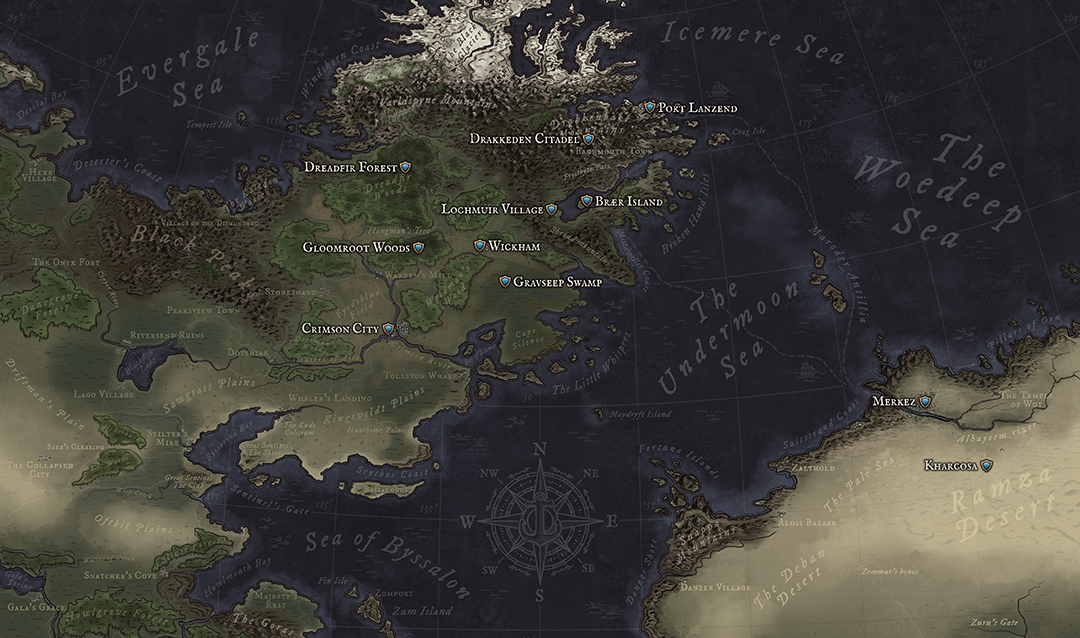
It was with these two striking folklore inspirations in mind that we also landed on this painterly style that helps give Mandragora a classic feel. And the best place to see these dark, gothic influences reflected in the game’s design is on Braer Island, home to the mysterious Braer Castle.
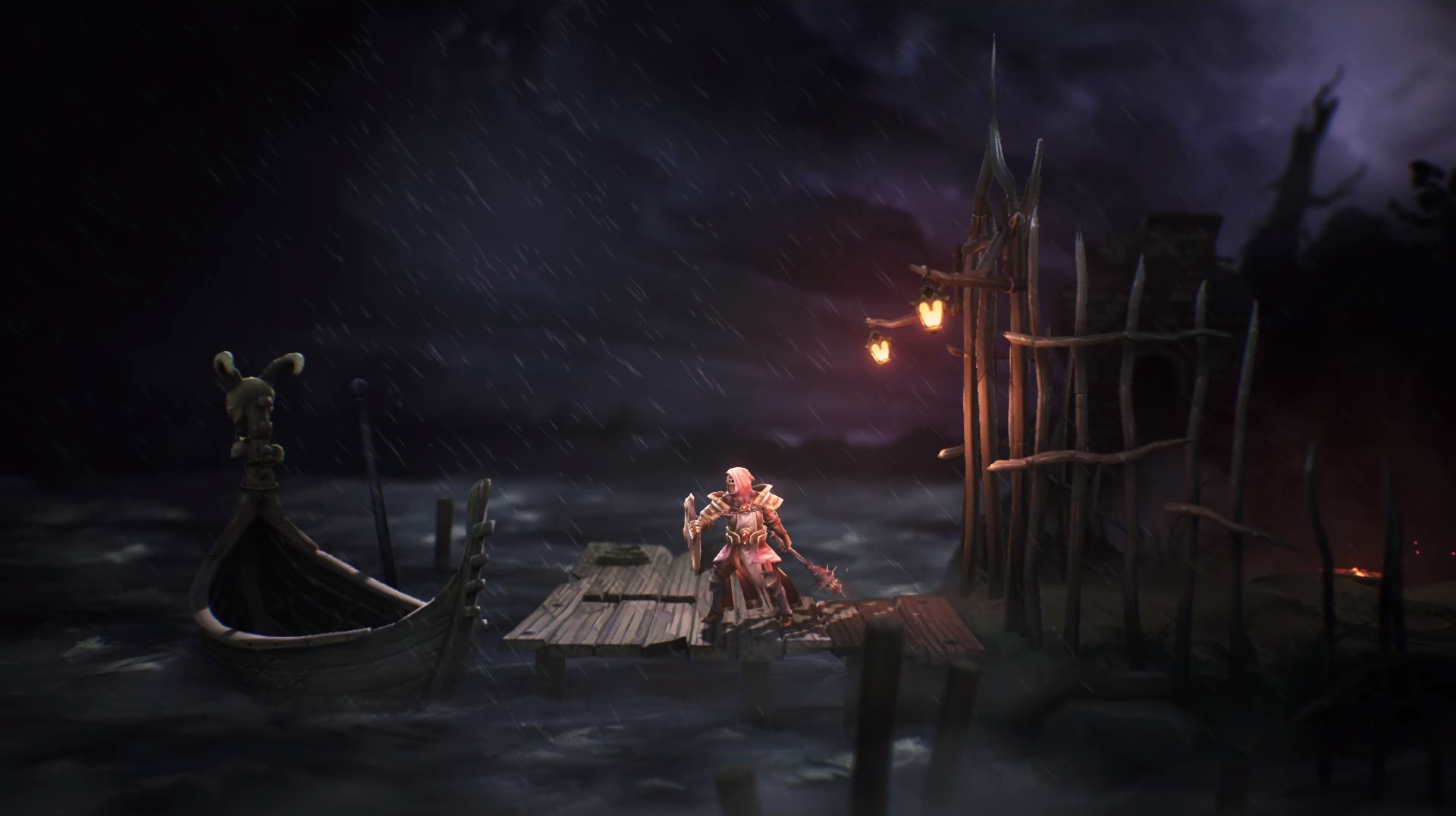
Braer Castle is a great place to take in the art style of the game at its best, with beautiful grand and gothic areas. The inclusion of details in the mid/foreground was purposeful, to keep the background less in focus and lighter to help all character silhouettes really ‘pop’. This means that while our character is the main star of the show, you can still take in all the other details without feeling overwhelmed.
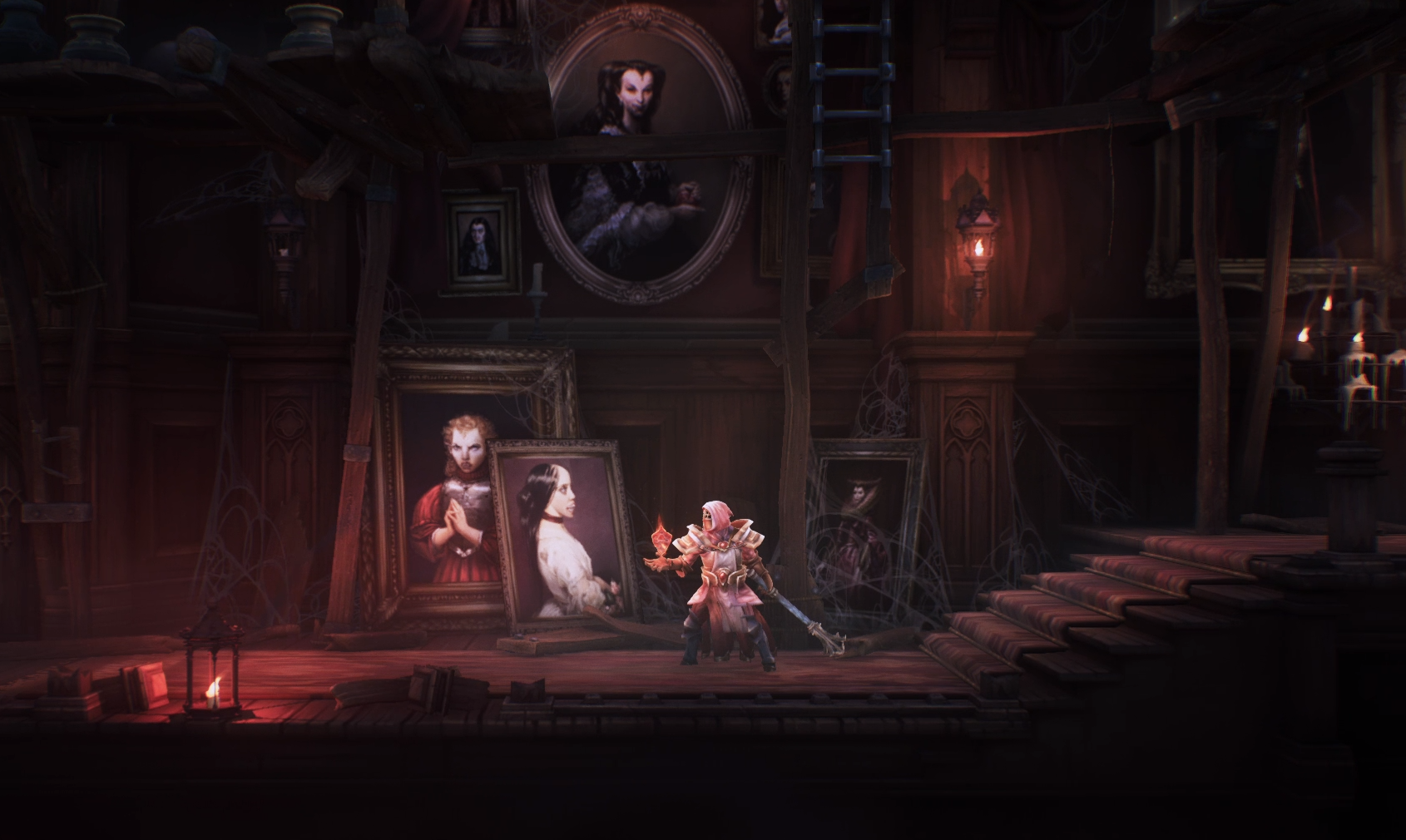
To show you a bit more, here is a sneak peek at one of the rooms in the castle in the concept art stage:
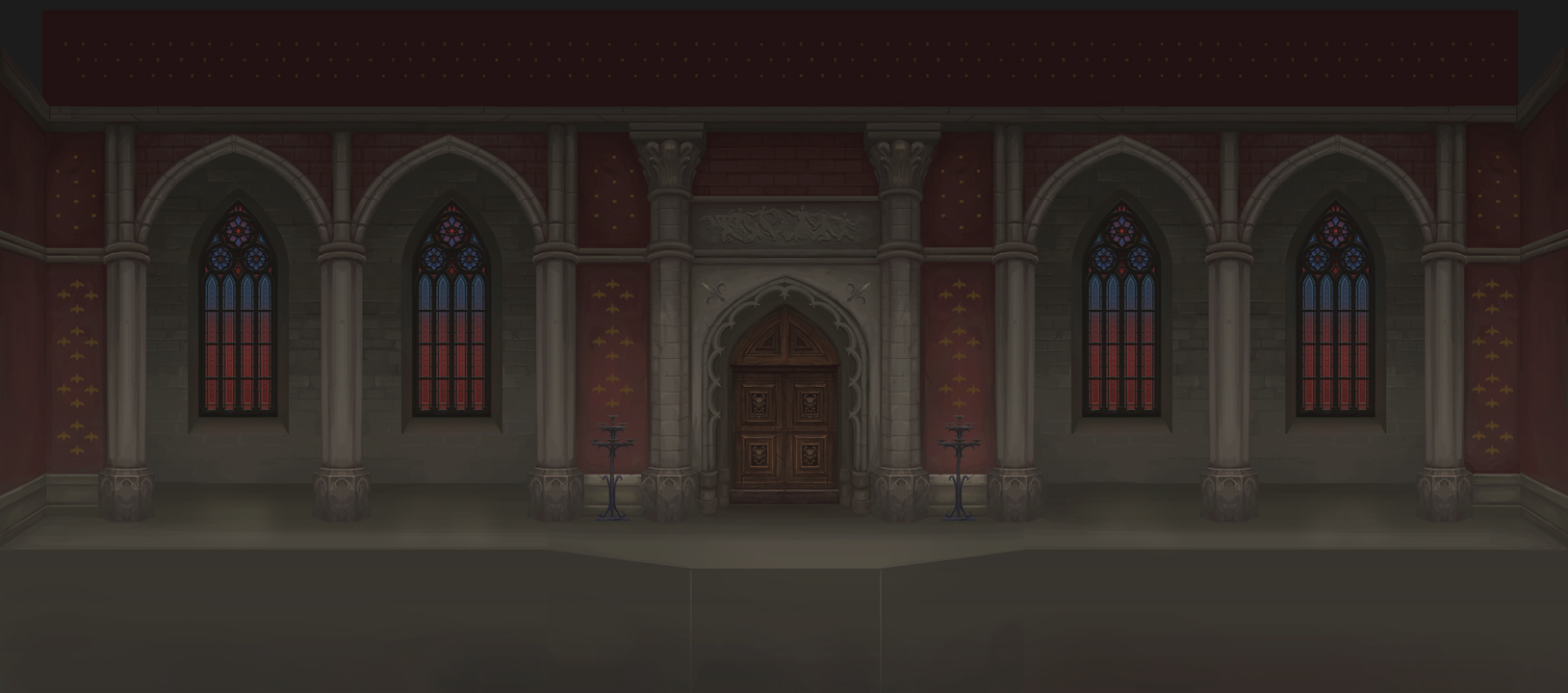
And now, here’s how it looks in-game!
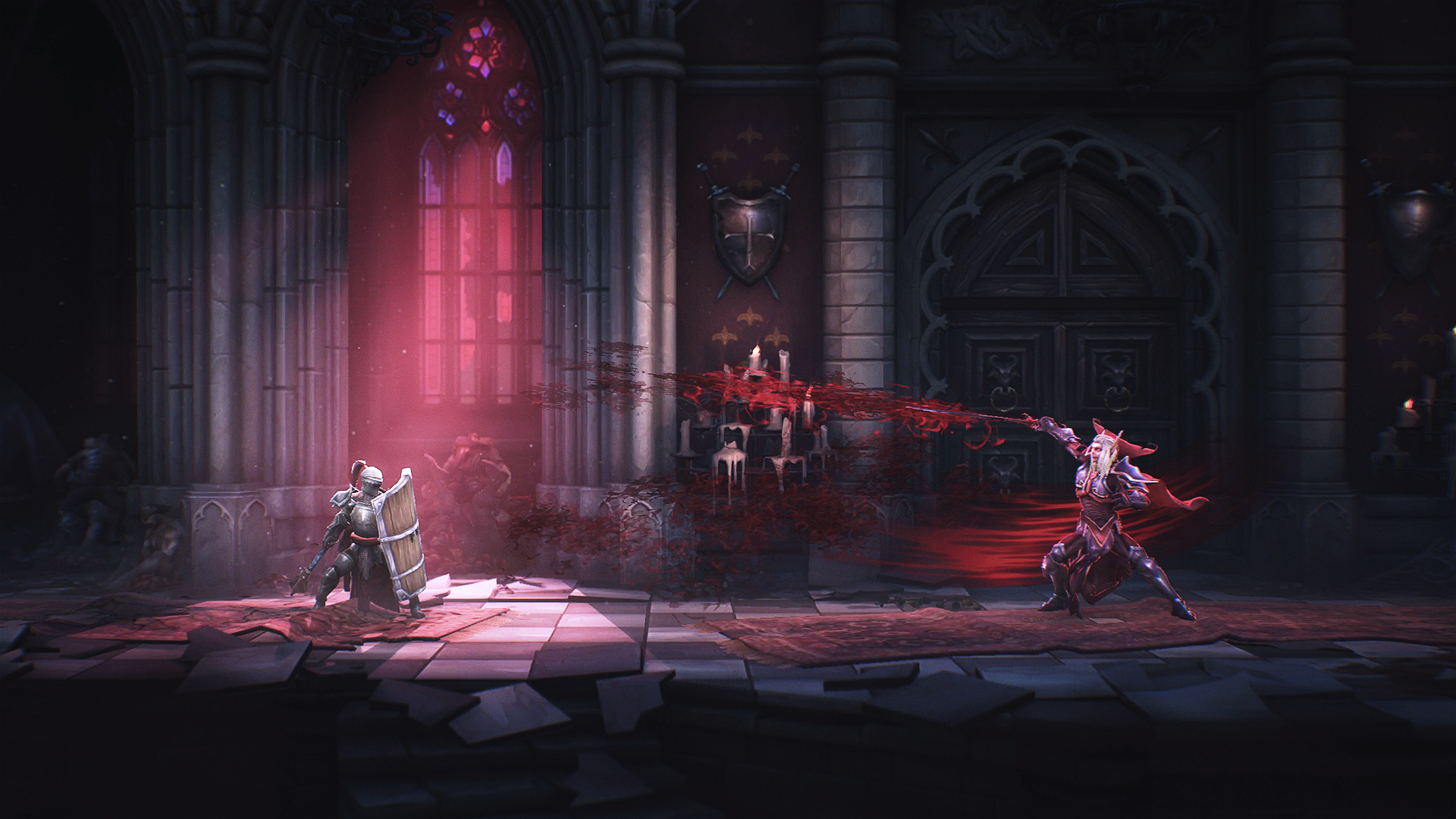
Pretty big difference, right? And we’re not finished. We’re still working on the game and we’ve got a lot more to add and amend, so by the time you get to play the game, it will hopefully look even better.
And of course, you’ll find a variety of enemies and characters to interact with while on Braer Island. Like the Striga, for instance — a fearsome opponent inspired by Slavic mythology, who can hunt you down and dodge your attacks until she's ready to strike her devastating blow. Watch out, because one strike from the Striga can be deadly!
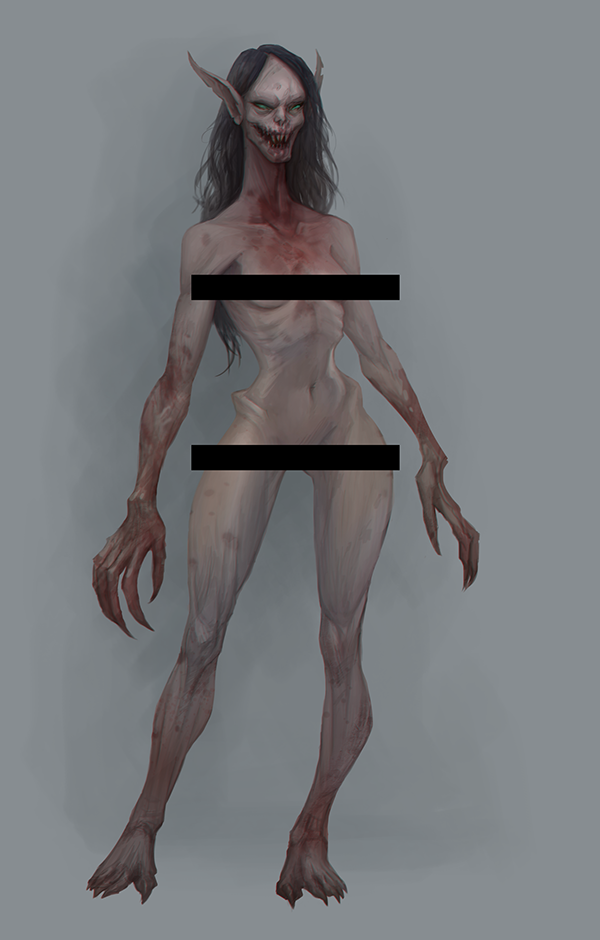
She’s not the only one waiting in the shadows, but we’ll share more about that later when we can give you an in-depth look at some of our other enemies in Mandragora.
cyborgboy95
News Cyborg
- Joined
- Aug 24, 2019
- Messages
- 3,161










